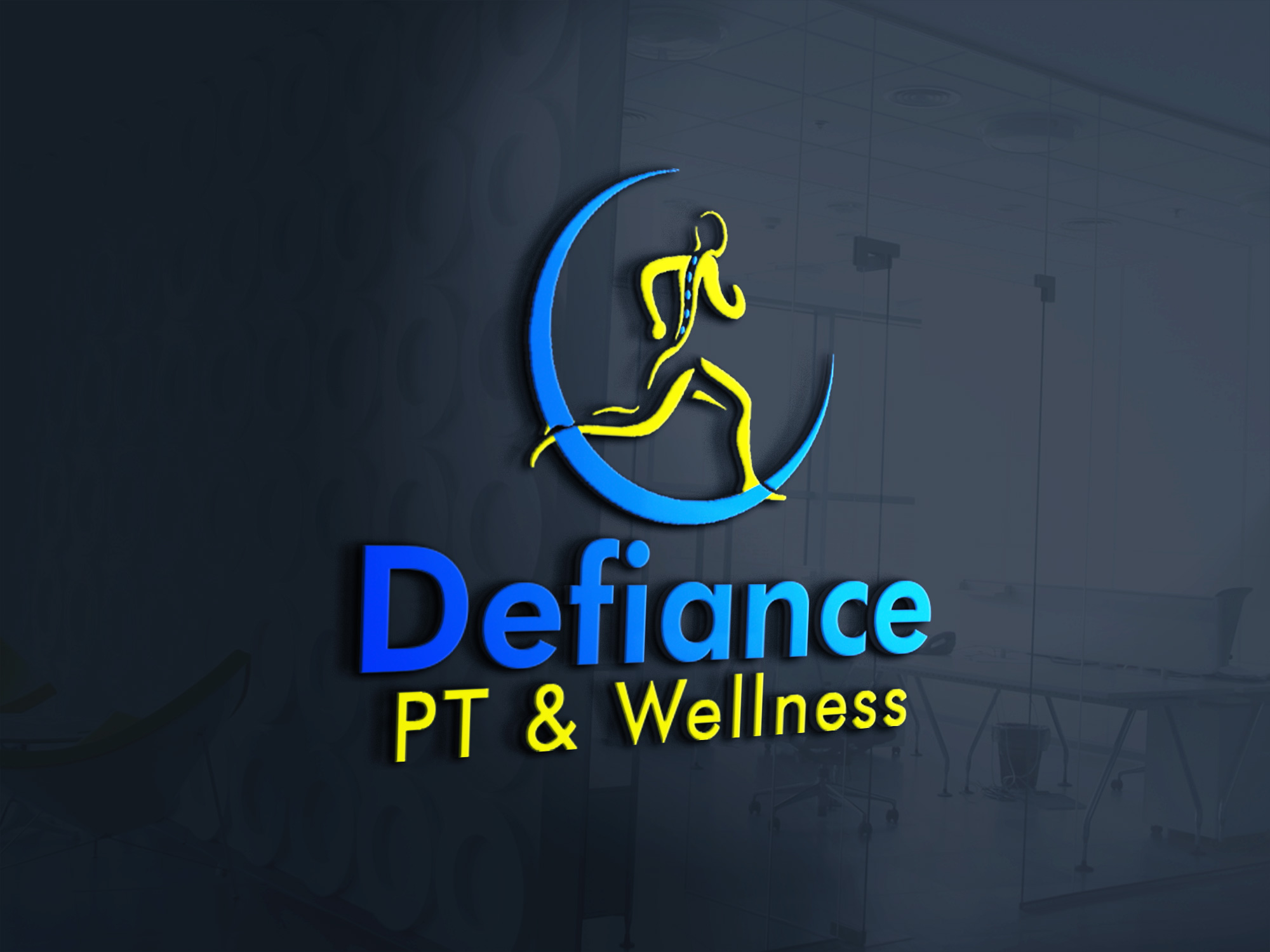Move Smarter: Simple Movement Checks to See Where Your Body May Compensate
- Defiance PT & Wellness

- 4 minutes ago
- 3 min read

Your body moves all day long—standing up from a chair, reaching for items on a shelf, walking around your home or office. But did you know that even these everyday movements can reveal weak spots or imbalances that affect your strength, joint health, and workout performance?
We see it every day: small compensations in movement can lead to pain, overuse injuries, or inefficient motion. The good news? You can identify these patterns at home with a few simple movement checks—and start correcting them before they become a bigger issue.
1. Sit-to-Stand Check
How to do it:Sit on a chair and stand up without using your hands.
What to notice:
Are you leaning forward excessively?
Do your knees wobble or cave inward?
Is one leg doing most of the work?
Why it matters:Compensations here often point to weak glutes or quads, tight hip flexors, or core instability. Strengthening these areas can make daily activities and workouts safer and more efficient.
2. Wall Angel Test
How to do it:Stand with your back against a wall, arms bent at 90°, and slowly slide them up and down.
What to notice:
Do your arms lift evenly?
Does your back arch away from the wall?
Are your shoulders feeling restricted or uncomfortable?
Why it matters:Limited movement or arching can indicate tight chest muscles, weak upper back muscles, or restricted shoulder mobility—all of which affect posture and upper-body strength.
3. Single-Leg Balance
How to do it:Stand on one leg for 20–30 seconds.
What to notice:
Does your hip drop or rotate?
Do you wobble excessively or need to hold onto something for support?
Why it matters:This test highlights weaknesses in your glutes, core, or ankle stability. Improving balance here can prevent falls, enhance athletic performance, and protect joints during everyday movement.
4. Hinge Check
How to do it:With feet hip-width apart, hinge at your hips as if performing a deadlift, keeping a neutral spine.
What to notice:
Does your lower back round?
Do your knees bend too much or not enough?
Is one side tighter than the other?
Why it matters:Improper hinging can increase stress on your lower back and knees. Often, it’s caused by weak glutes, hamstrings, or limited hip mobility. Correcting this pattern improves lifting technique and reduces injury risk.
5. Overhead Reach Test
How to do it:Raise both arms overhead slowly, keeping elbows straight.
What to notice:
Does one arm lag behind?
Does your back arch or your rib cage flare?
Do you feel clicking or discomfort?
Why it matters:Limited overhead mobility often comes from tight shoulders, weak upper back, or restricted thoracic spine mobility. Improving these areas helps with posture, overhead lifting, and daily activities like reaching or carrying items.
Next Steps
If you notice any of these compensations, don’t panic! Small adjustments in your mobility, activation exercises, and strength training can restore balance and improve the way your body moves.
We can assess which muscles or joints need attention, while our personal trainers can incorporate targeted exercises into your workouts to correct movement patterns. Together, we help you move smarter, prevent injury, and perform better—both in the gym and in everyday life.
Your body is always talking to you through the way it moves. By checking for these simple movement patterns, you can identify areas of imbalance, take action with corrective exercises, and ensure your body is functioning at its best—today and for years to come.




Comments